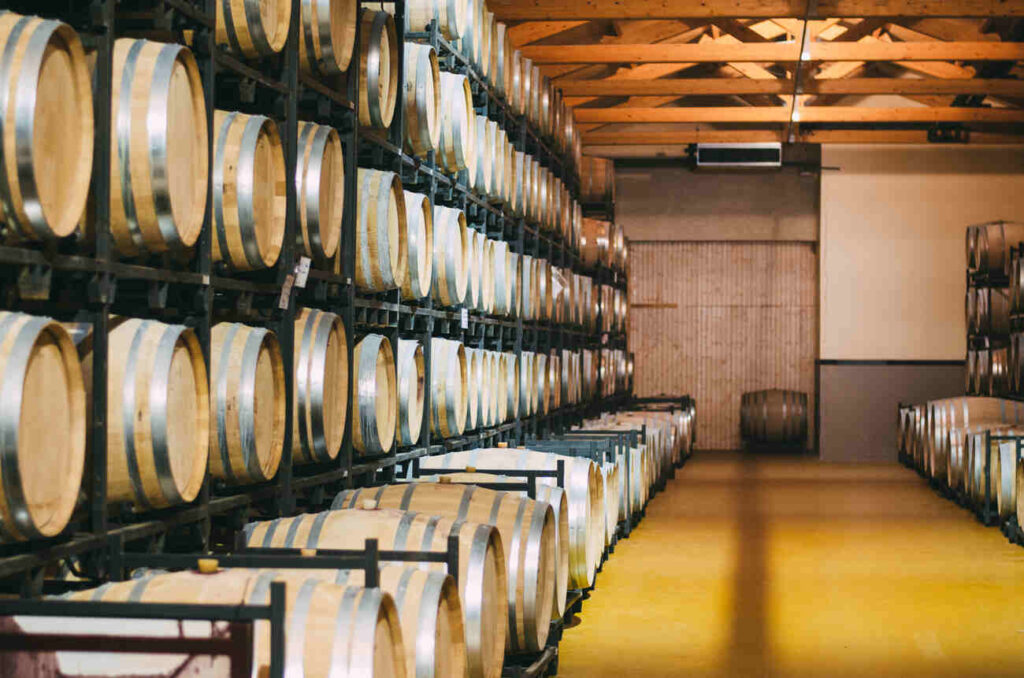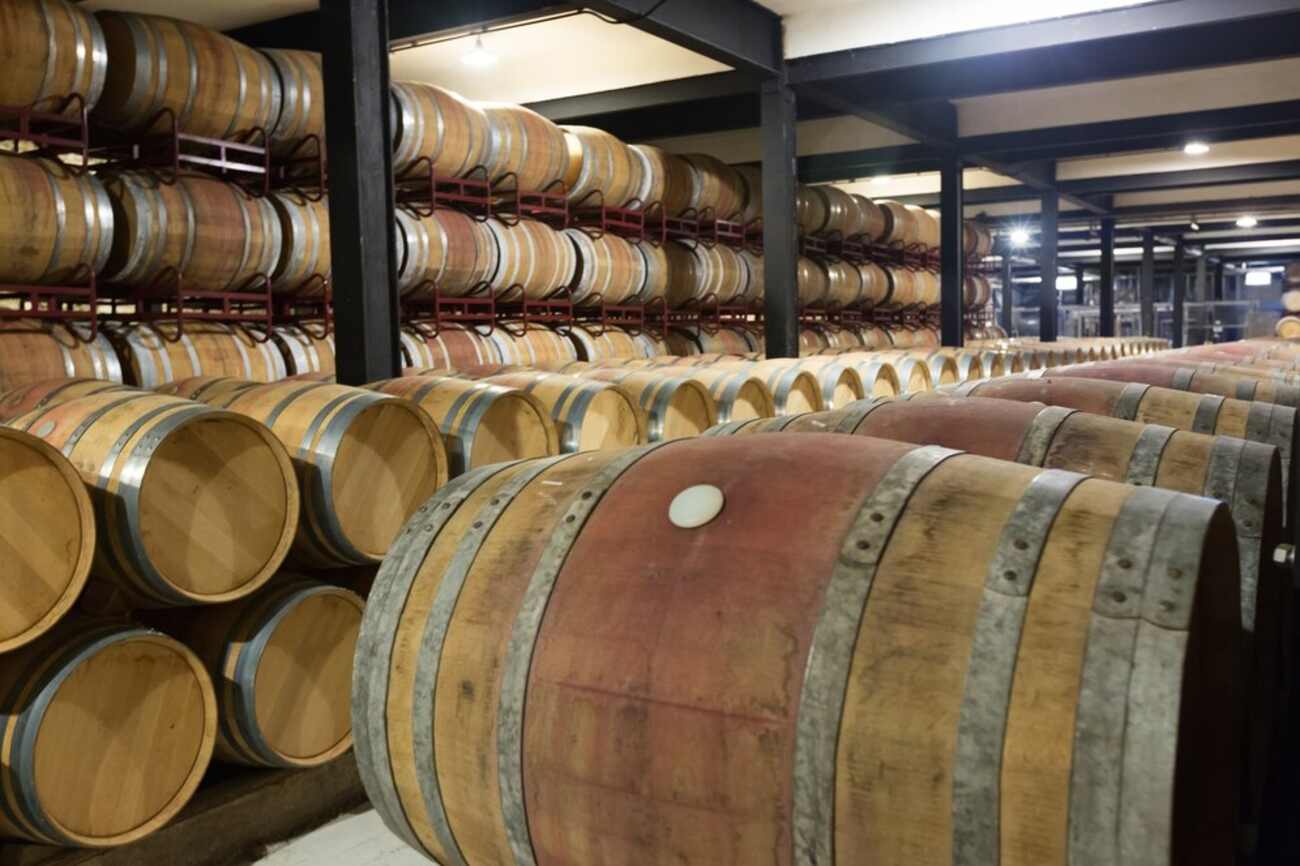At Protea Financial, we understand that navigating the world of tax regulations can be complex, especially for wineries with unique inventory considerations. One crucial aspect that often raises questions is your wine inventory costing method and its compliance with IRS guidelines.
Choosing the correct method isn’t just about accurate accounting; it directly impacts your tax liability and overall financial health. Our goal is to help you discover the importance of compliance, delve into the different wine inventory costing methods, and provide clarity to help you make informed decisions for your winery.
Why Wine Inventory Costing Method Compliance Matters
The wine inventory costing method you choose affects the value you assign to your inventory, which in turn impacts your Cost of Goods Sold (COGS) and ultimately, your taxable income. Using a non-compliant method can attract unwanted attention from the IRS, potentially triggering audits and penalties. It’s like raising a red flag that signals inaccuracies in your accounting practices.
Furthermore, a non-compliant method can distort your financial statements, making it difficult to make sound business decisions. This can lead to overpaying or underpaying taxes, both of which have negative consequences for your winery’s financial stability. Ultimately, non-compliance can damage your winery’s reputation and erode the trust you’ve built with investors and stakeholders.
Understanding Wine Inventory Valuation
Closely tied to your wine inventory costing method is the concept of inventory valuation. This is the process of assigning a monetary value to your inventory at a specific point in time.
It’s a crucial aspect of accounting for wineries, as it directly impacts your financial statements and overall financial health. Why do you need to know the value of your wine inventory?
- Accurate Financial Reporting: Inventory is a significant asset for wineries, and accurate valuation is essential for generating reliable balance sheets and income statements. This ensures that your financial reports accurately reflect the true value of your business.
- Informed Decision-Making: Knowing the value of your inventory allows you to make informed decisions about pricing, production planning, and investment strategies. It provides a clear picture of your financial position and helps you identify areas for improvement.
- Securing Financing: Lenders and investors often require accurate inventory valuations to assess the financial health of your winery and determine your eligibility for loans or investments.
- Tax Compliance: Proper inventory valuation is crucial for calculating your taxable income and ensuring compliance with tax regulations. Inaccurate valuations can lead to penalties and interest charges.
- Insurance Purposes: In the event of damage or loss to your inventory, having an accurate valuation ensures that you receive adequate compensation from your insurance provider.

How Is Wine Inventory Valued?
Inventory valuation involves considering various factors, including the wine inventory costing method you’ve chosen (FIFO, LIFO, or Weighted-Average), the current market value of your wines, and any potential obsolescence or spoilage. It’s a complex process that requires careful consideration and expertise.
At Protea Financial, we can help you understand the intricacies of wine inventory valuation and ensure that your valuation methods are accurate, compliant, and aligned with your business goals. We can also provide guidance on how to optimize your inventory management practices to maximize the value of your inventory and improve your overall financial performance.
Understanding the Different Wine Inventory Costing Methods
The IRS generally allows businesses to use one of three wine inventory costing methods:
- FIFO (First-In, First-Out): This method assumes that the first items purchased are the first ones sold. In the context of wine, this means the cost of your oldest vintage is used to calculate COGS when a sale is made. FIFO generally results in a lower COGS when inflation is high, leading to higher taxable income.
- Specific Item Costing: This method tracks the actual cost of each individual item in your inventory. While highly accurate, it could be impractical for massive wineries with large volumes of wine. However, for wineries producing limited-production, high-value wines, specific item costing can provide precise cost tracking and valuable insights into profitability.
- Weighted-Average: This method calculates the average cost of all items in inventory, regardless of when they were purchased. It offers a simpler approach than FIFO or LIFO, especially for wineries with large volumes of similar wines.
Choosing the Right Wine Inventory Costing Method
Selecting the appropriate wine inventory costing method isn’t a one-size-fits-all approach. It depends on various factors, such as the specific nature of your inventory.
Do you have a wide range of vintages with varying costs, or do you primarily produce bulk wine? Your business goals also play a significant role. Are you aiming to minimize taxes in the short term, or is long-term financial stability a priority? It’s also wise to consider industry best practices. What methods are commonly used by other wineries in your region or with similar business models?
To navigate these complexities, it’s crucial to consult with a tax professional or financial advisor experienced in the wine industry. They can help you determine the most suitable and compliant wine inventory costing method for your specific circumstances.
Maintaining Compliance and Best Practices
Once you’ve chosen a wine inventory costing method, ongoing compliance requires diligence and adherence to best practices. Start by clearly documenting your chosen method in your accounting policies. This provides a clear reference point for your team and ensures consistency in your accounting practices.
Maintaining detailed records of all inventory purchases, sales, and cost calculations is also essential. These records serve as an audit trail and provide evidence of your compliance efforts.
Regularly reviewing your inventory through periodic physical counts is crucial to verify the accuracy of your records and identify any discrepancies. Remember that tax laws can change, so staying informed about any updates that may affect your wine inventory costing method is essential. Finally, consulting with a tax professional or financial advisor regularly can provide ongoing support and guidance, ensuring you remain compliant and optimize your tax strategy.

Protea Financial is Your Partner in Wine Inventory Costing Compliance
At Protea Financial, our team of bookkeeping specialists focus on helping wineries navigate the complexities of tax regulations and wine inventory costing methods. We can help you determine the most appropriate costing method for your winery, ensuring compliance with IRS guidelines every step of the way.
Our expertise extends to optimizing your inventory management processes, helping you minimize your tax liability while maintaining accurate financial reporting. We’re committed to providing ongoing support and guidance, acting as your trusted partner in navigating the financial landscape of the wine industry. Don’t let uncertainty about your wine inventory costing method lead to potential tax issues. Contact Protea Financial today and let our team of experts help you achieve compliance, optimize your financial performance, and focus on what you do best – crafting exceptional wines.



